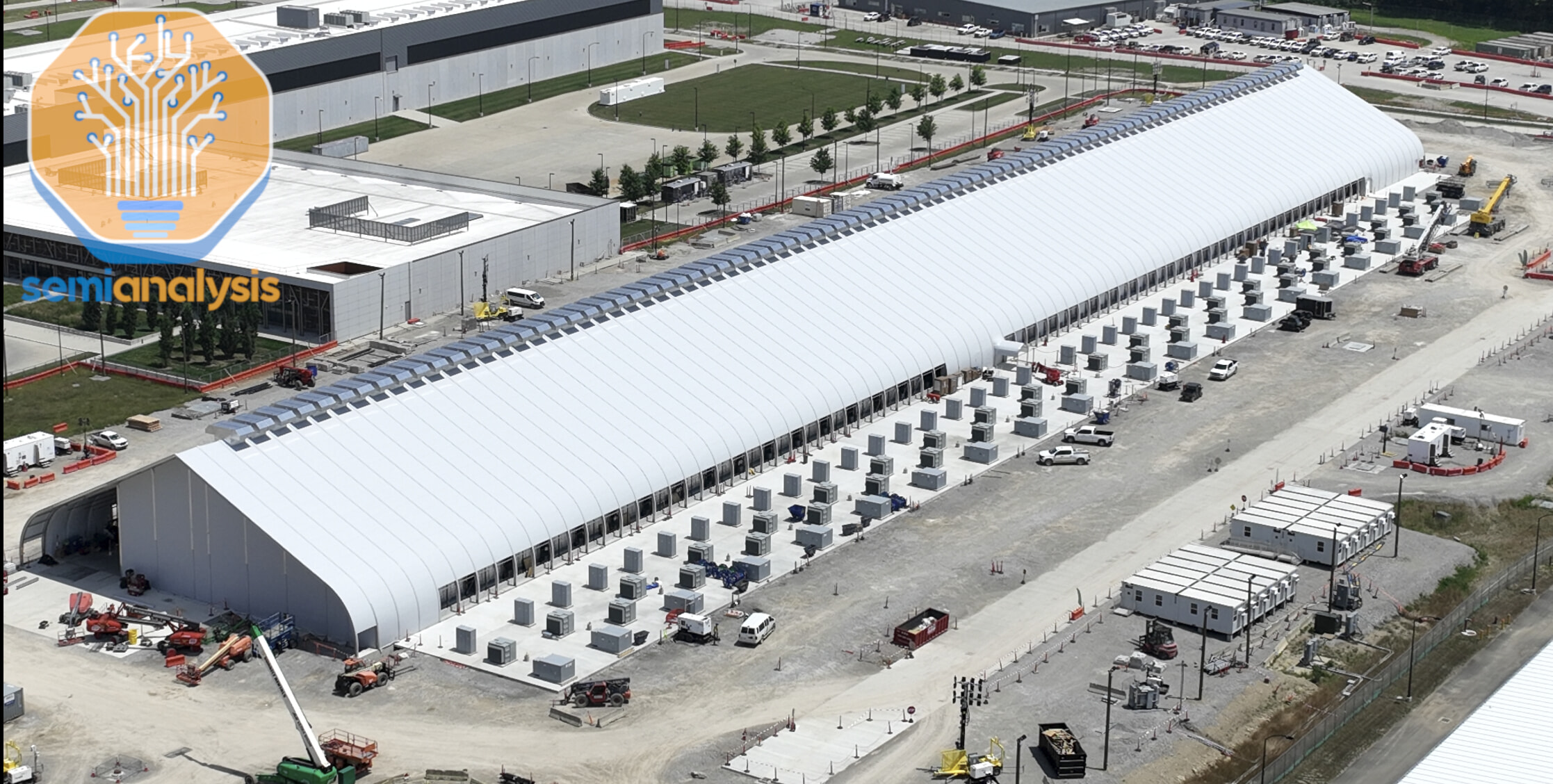
Meta is Using Tents to Build Data Centers in Latest Push to Ramp Up A.I.
They're growing.
Published July 16, 2025
Advertisement
Advertisement
1. The Global AI Power Surge
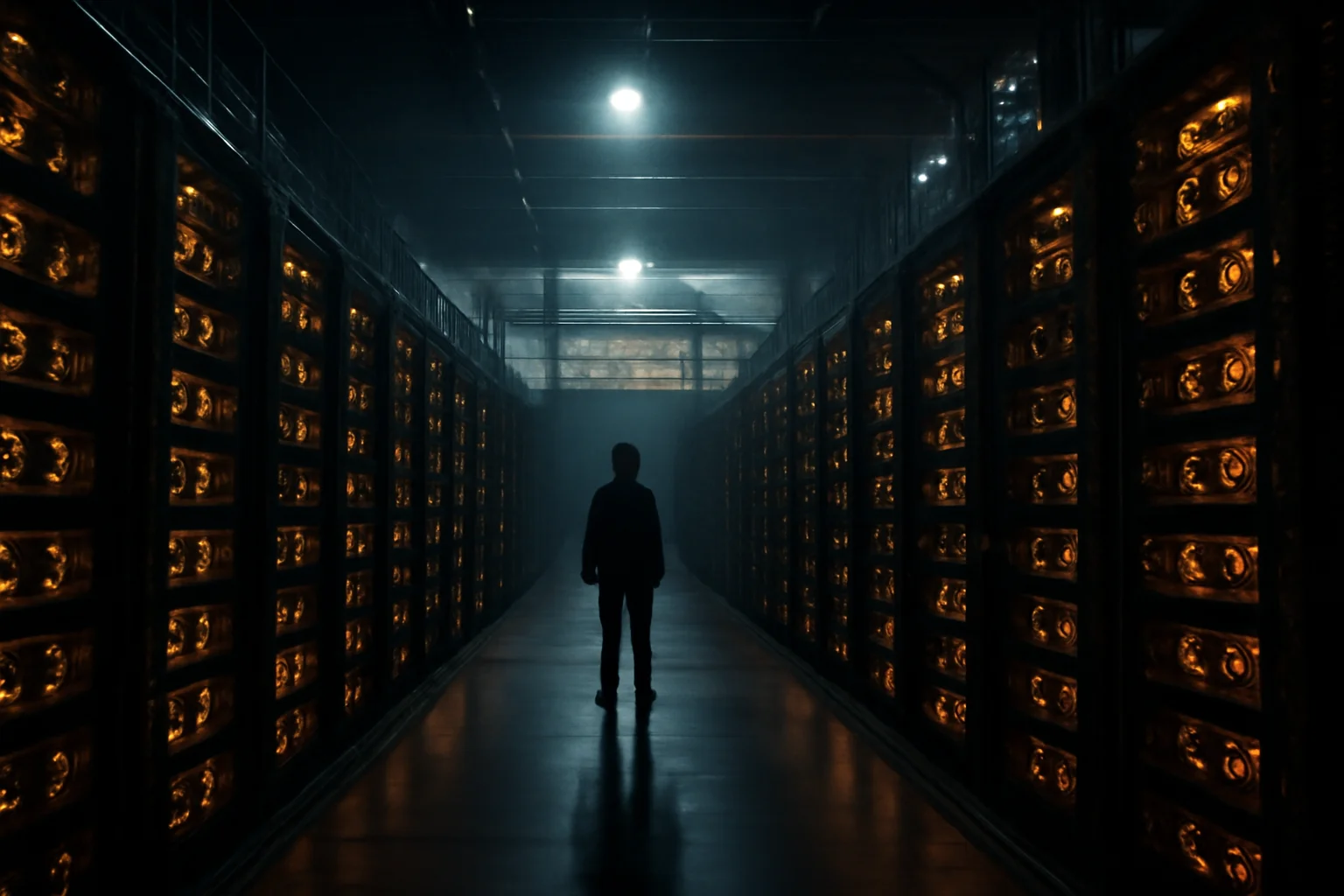
Across the globe, artificial intelligence is sparking a fierce competition between tech giants determined to outpace one another. What began as a contest for the best software models has rapidly escalated into a battle for raw computational firepower. With every passing quarter, new supercomputing facilities are announced, each vowing more capacity, more GPUs, and more ambition than the last. The stakes are immense—whoever harnesses the most advanced AI infrastructure may well define the digital future for an entire generation. This race is not just about pushing boundaries in research; it's about claiming territory in a new era of technological dominance. Every major player, from OpenAI and xAI to Google and Meta, is fighting for the edge in building artificial general intelligence, or AGI. Their strategies hinge on infrastructure—sprawling data centers humming with billions of dollars’ worth of custom chips, all churning data around the clock. But the sheer scale of what’s being attempted is forcing the industry to abandon business as usual. Suddenly, traditional construction timetables seem glacial, and new forms of improvisation are not just tolerated—they are celebrated. As the arms race heats up, even the methods for housing these digital brains are becoming as headline-grabbing as the AI breakthroughs themselves. Nowhere is this improvisational spirit more visible than at Meta, where urgency has given birth to a technological experiment that borders on science fiction.
Advertisement
2. When Concrete Isn’t Fast Enough
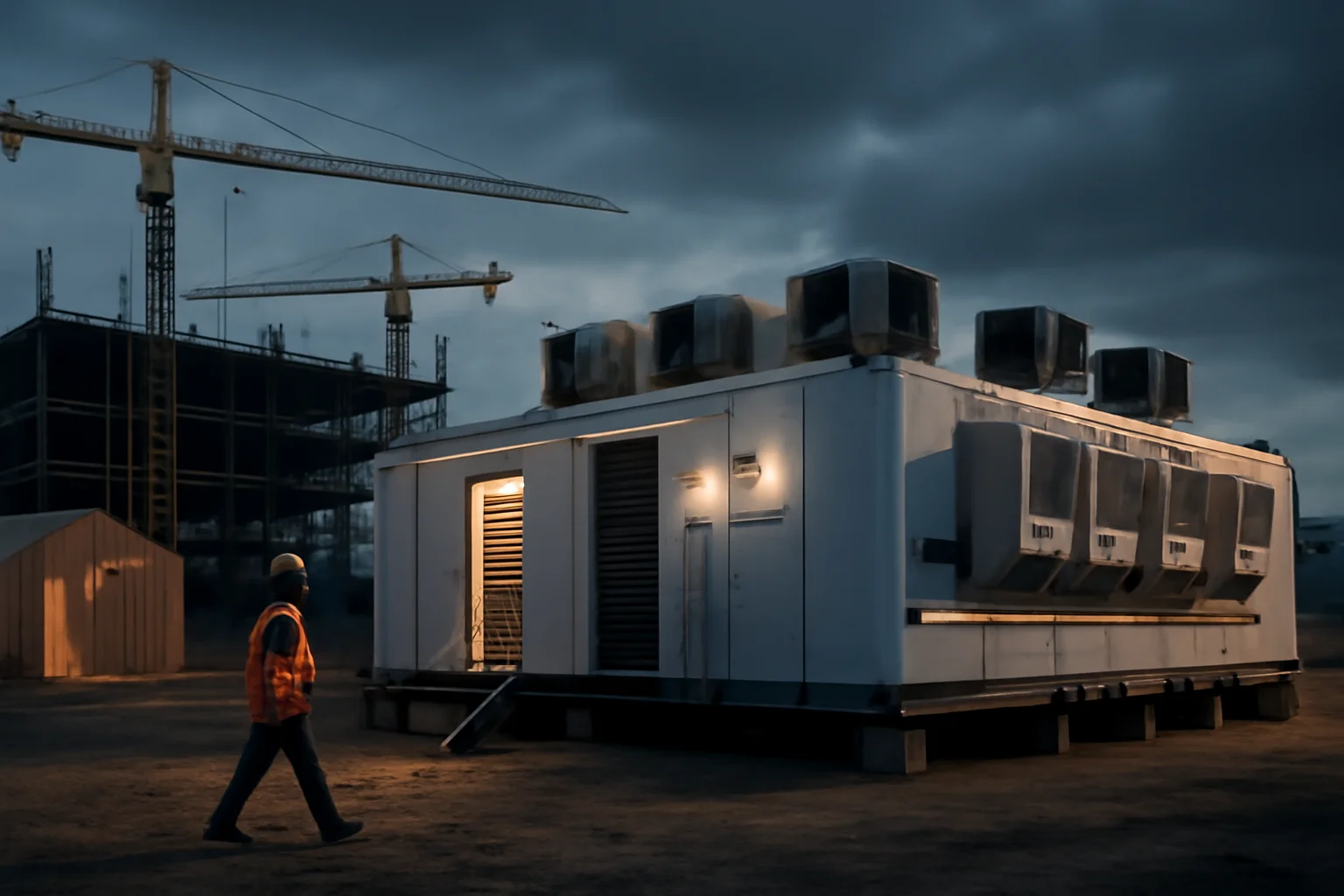
The landscape of digital infrastructure is shifting, driven by a relentless hunger for speed that leaves old paradigms in the dust. Once, building a data center meant months—sometimes years—of planning, permits, and poured concrete before the hum of servers ever began. But with AI development timelines measured in weeks, not years, tech companies like Meta are ditching the playbook. The result: a construction revolution, where temporary shelters rise alongside unfinished foundations, determined to get machines online as fast as possible. Meta, once known for its deliberate expansion, now finds itself racing to close the gap with rivals already deploying massive new clusters. Traditional real estate investors and construction veterans are left blinking in disbelief as pop-up computing campuses appear almost overnight. No longer are aesthetics or redundancy top priorities; it’s about bringing raw compute online, any way possible. According to SemiAnalysis, the message is simple: “This design isn’t about beauty or redundancy. It’s about getting compute online fast!” Prefabricated power and cooling modules, ultra-light structures, and speed at all costs now define the leading edge of the industry. With every shortcut, the risks multiply—but the fear of being left behind is a far greater motivator than caution. The AI gold rush is rewriting the rules of digital construction, demanding audacity over tradition and results over appearances.
Advertisement
3. Meta’s Radical Gamble
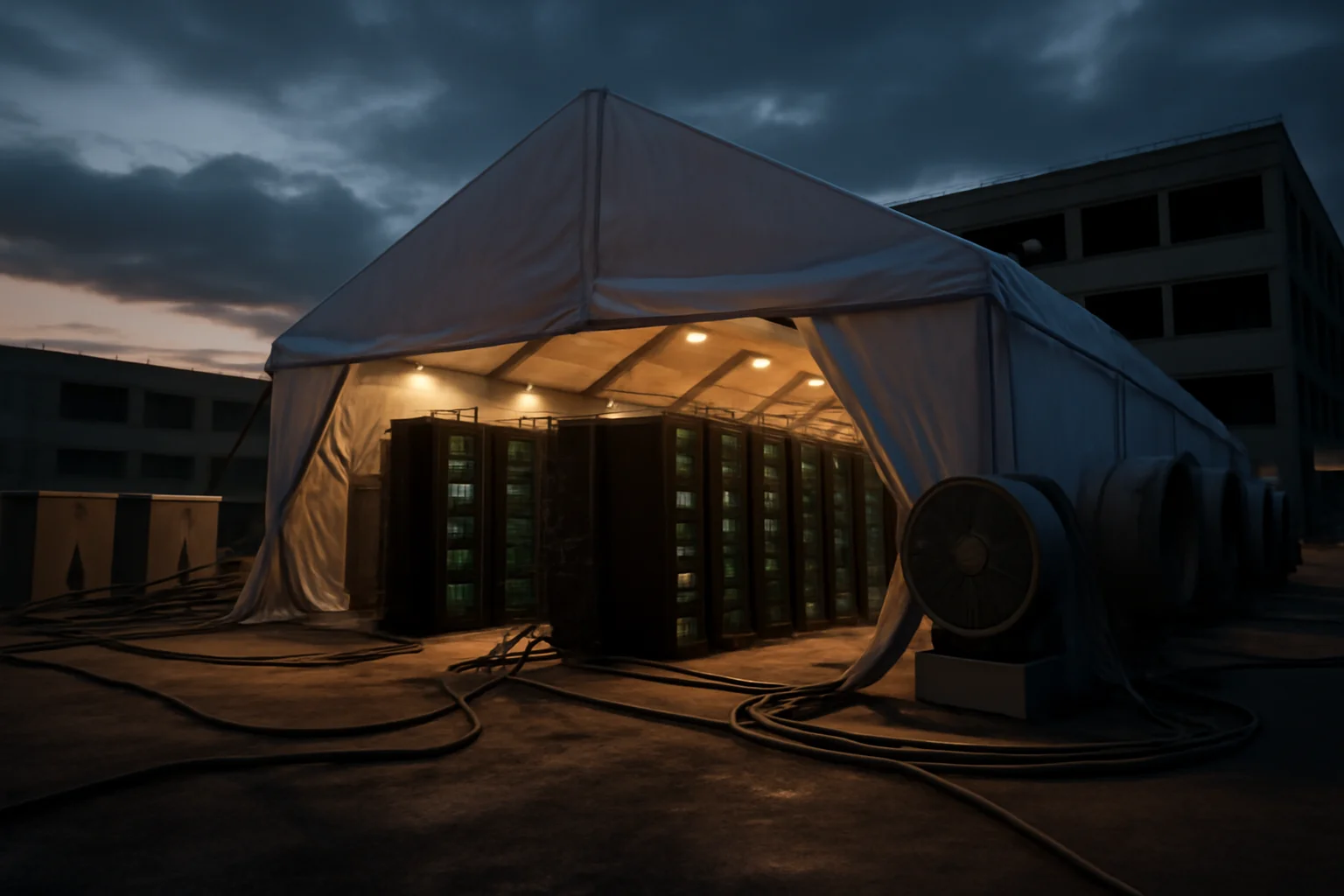
Against this backdrop of urgency, Meta’s latest move has become the stuff of industry legend and media fascination alike. Desperate to increase its computational muscle, the company is literally building data centers in tents—temporary, makeshift shelters erected beside unfinished permanent facilities. The images evoke scenes from a tech festival, but these tents house racks of some of the world’s most valuable AI hardware. Cooling, always a paramount concern, becomes an exercise in improvisation; power is drawn from on-site substations, and ventilation is engineered on the fly. A spokesperson insists the entire “supercluster” isn’t just canvas and stakes, but confirms these auxiliary tents are a crucial part of Meta’s current capacity. Each tent is both a stopgap and a symbol: an admission that the future can’t wait for concrete to dry, and a statement that speed trumps tradition. SemiAnalysis points to xAI’s precedent, where speed-to-market forced radical design choices, as an inspiration for Meta’s approach. Other companies may raise eyebrows at the sight, but the pressure to deliver results is only increasing. For Mark Zuckerberg, the CEO’s recent posts signal no embarrassment—only ambition—as he boasts of multi-gigawatt clusters on the horizon. In this era, even the world’s most powerful technology companies must get their hands dirty, improvising under canvas as they chase the dream of superintelligence. Meta’s “data tenters” have become a phenomenon, a visual shorthand for an industry where nothing—least of all a construction delay—can be allowed to slow progress.
Advertisement
4. Speed at Any Price
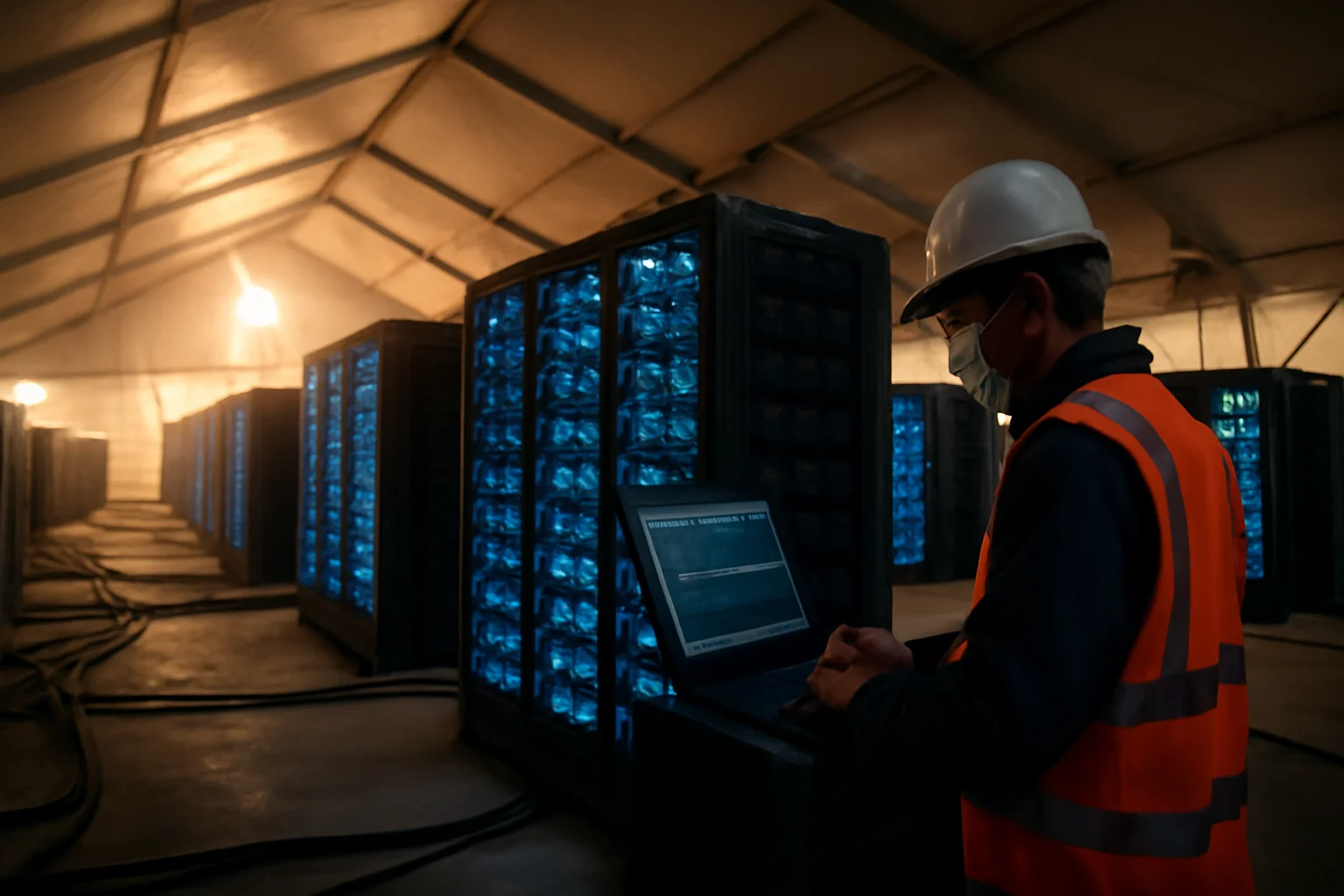
The roots of this urgency can be traced to a year of setbacks and recalibrations for Meta in the AI arms race. The company’s much-anticipated Llama 4 model failed to make the desired impact, trailing behind offerings from DeepSeek, OpenAI, Anthropic, and Google. For Zuckerberg and his executive team, the answer was clear: build faster, hire more aggressively, and spend whatever it takes to regain lost ground. Since the beginning of 2025, Meta has poached top researchers with nine-figure offers and invested billions in securing essential data and infrastructure. A $14 billion deal for a major stake in Scale AI underscored the hunger for training data and next-generation talent. But perhaps nothing signaled Meta’s determination more than its decision to prioritize speed over everything else, even basic architectural conventions. No diesel generators, no backup systems, no elaborate redundancies—just power, cooling, and immediate capacity, with permanent facilities to follow. The gamble is immense; every shortcut taken to get AI clusters online risks future headaches, but the window to lead in AI is closing fast. Dylan Patel of SemiAnalysis notes that power constraints and labor shortages have forced the industry’s hand, pushing Meta to think far outside the box. For the company’s engineers and executives alike, every day counts, and every new GPU cluster deployed—even if inside a tent—is another step toward reclaiming leadership. This is no longer a story about careful planning, but about audacious improvisation and the price a giant is willing to pay to win.
Advertisement
5. The Rise of Prometheus
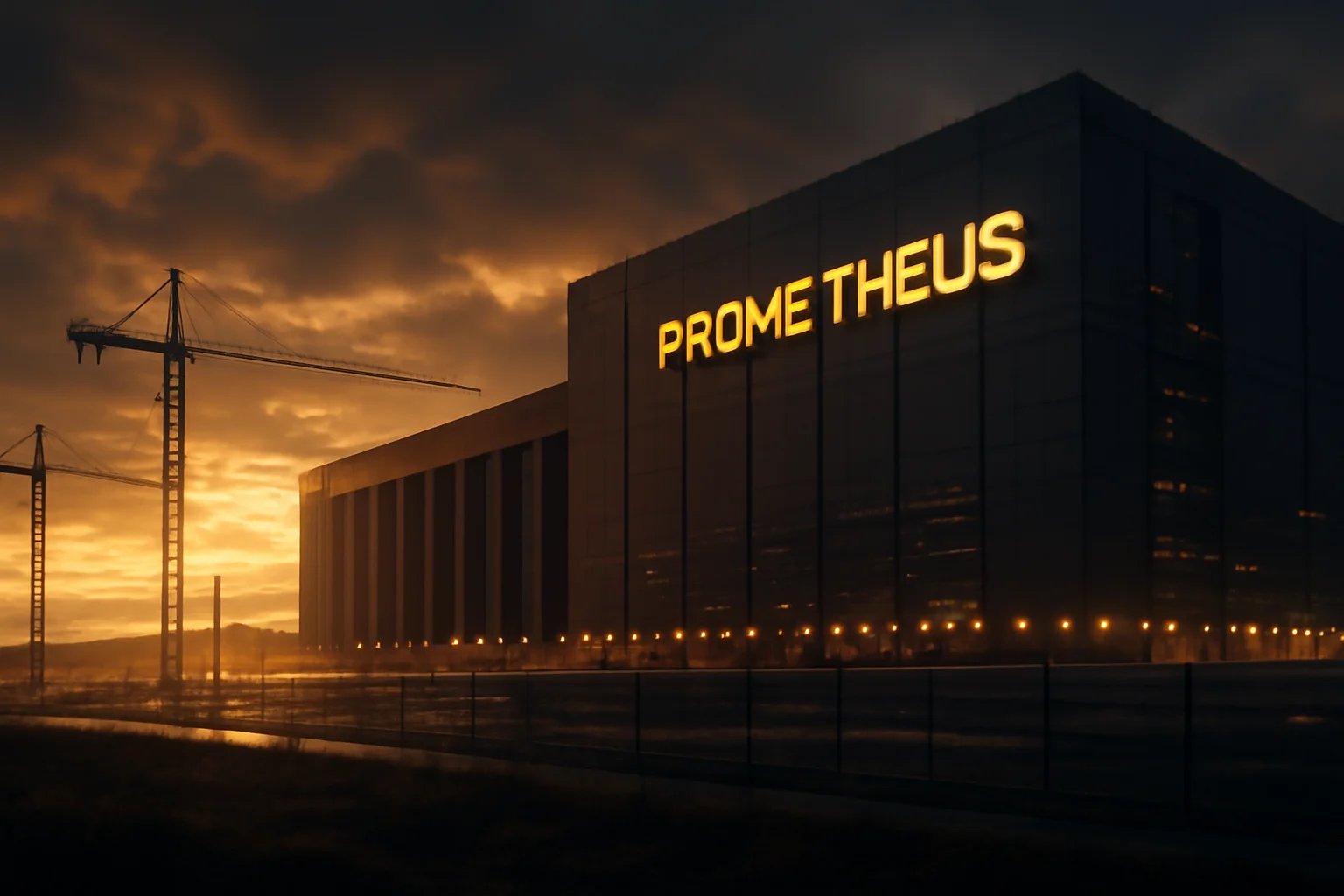
After months of speculation and rumor, Meta finally confirmed its most ambitious vision yet: a constellation of AI superclusters, with Prometheus leading the charge. Set to come online in 2026, Prometheus will mark Meta’s entry into the 1GW+ era of AI data center capacity, a threshold once thought unthinkable. Zuckerberg himself took to social media to announce the initiative, declaring that several multi-gigawatt clusters would soon follow. The numbers are staggering, with each “titan cluster” projected to cover an area comparable to a significant portion of Manhattan. Hyperion, another centerpiece of Meta’s new infrastructure, is slated to reach a 5-gigawatt capacity over the coming years, with Louisiana as a key site. These projects represent a pivot from the company’s previous, more measured approach, signaling a willingness to spend hundreds of billions of dollars on infrastructure alone. For Meta, these superclusters are more than technical marvels—they are proof points, meant to demonstrate that the company is serious about superintelligence. The narrative has shifted from recovery to domination, with Meta now claiming its place at the very pinnacle of the AI hierarchy. This new infrastructure will power Meta’s future ambitions in research, consumer products, and the global race for AGI. At the heart of the plan is the conviction that only the boldest investments and most radical timelines will suffice. The unveiling of Prometheus is more than a milestone; it’s a line drawn in the sand, daring competitors to keep pace.
Advertisement
6. The Hidden Costs
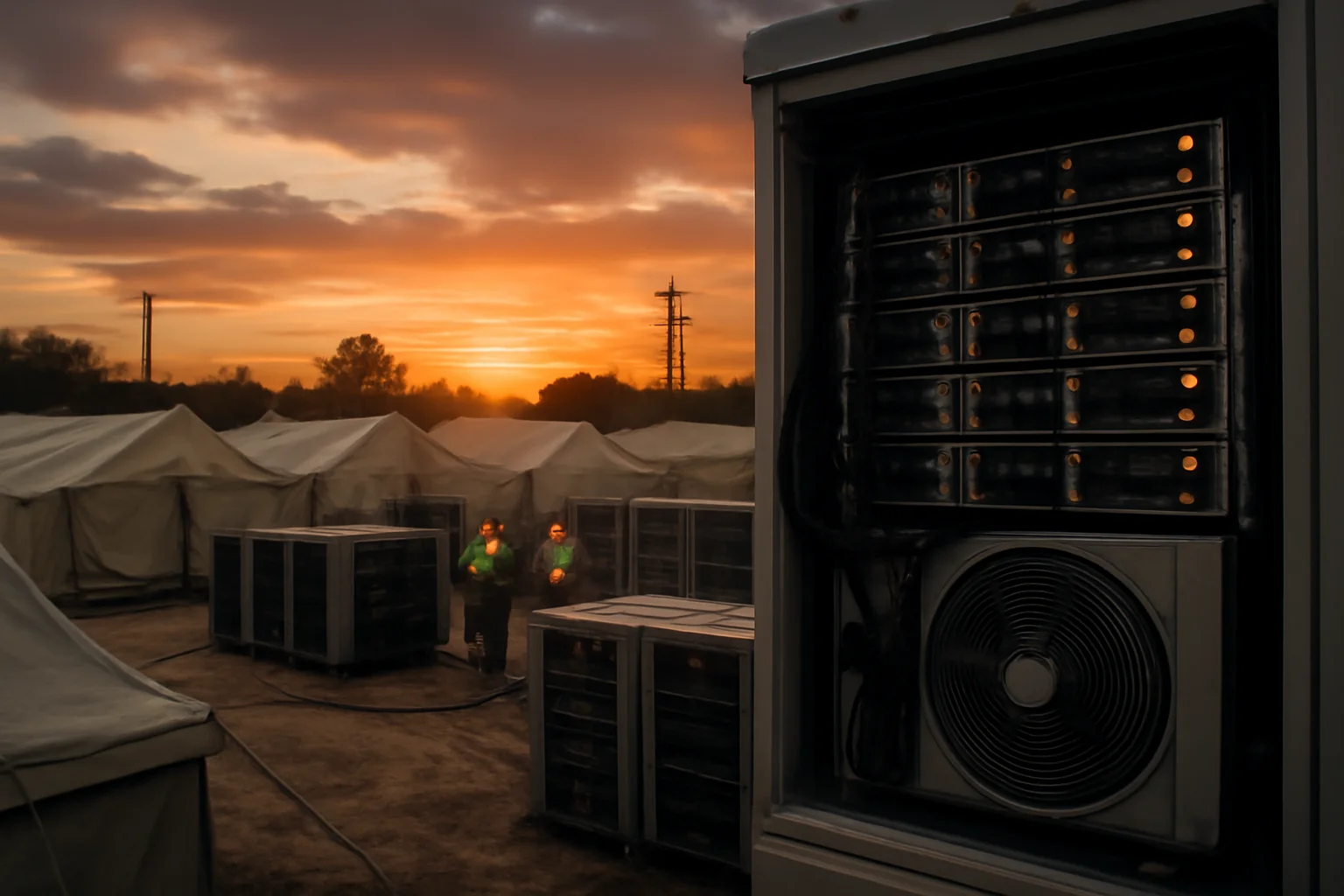
While the headlines trumpet Meta’s rapid expansion and tent-city innovation, a quieter set of concerns simmers beneath the surface. Operating massive GPU clusters in improvised shelters comes with a laundry list of challenges, not least of which is cooling in the sweltering heat of summer. SemiAnalysis reports that workloads might need to be paused during extreme weather, highlighting the fragility of these temporary arrangements. Ecological impacts—already a topic of debate for more permanent data centers—are amplified when construction moves this quickly and with so few redundancies. Power draw on local substations spikes, while the absence of diesel backup systems leaves the network exposed to sudden outages. Local communities and regulators are starting to pay attention, questioning both the speed and sustainability of these new tech hubs. Rival companies and skeptical analysts wonder whether shortcuts today will mean greater headaches tomorrow, both for Meta and the industry at large. Yet, in the pressure-cooker atmosphere of the AI arms race, such concerns are often set aside in favor of immediate gains. Investors and employees alike have been swept up in the vision, even as some quietly wonder how many corners can be cut before consequences catch up. The cost of improvisation is still being tallied, but for now, the sense of possibility outweighs the risks. Meta’s march toward superintelligence is a bet that boldness and speed can solve problems faster than they create them.
Advertisement
7. Talent Wars
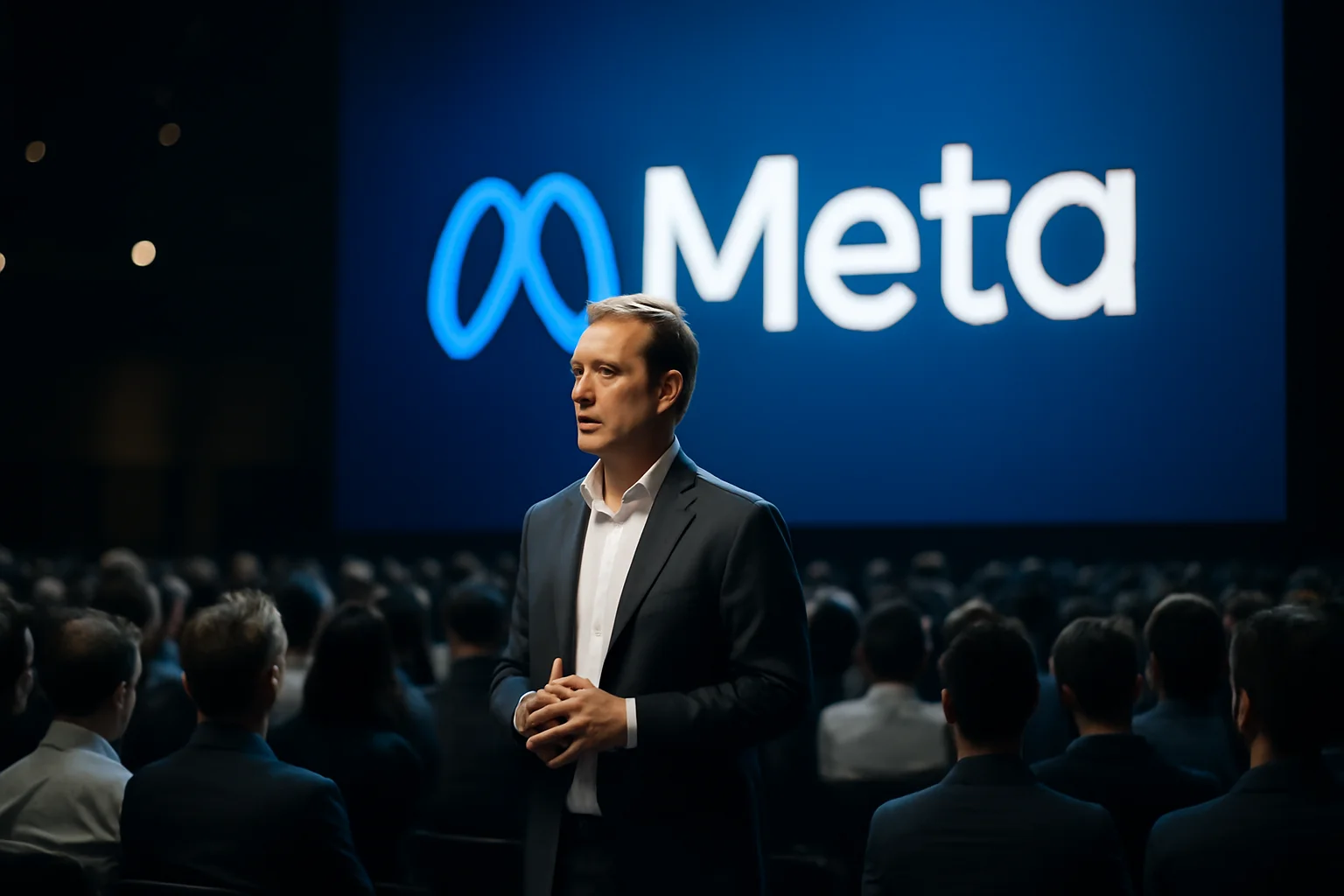
No infrastructure—no matter how vast—can drive AI innovation without the minds to build and train the next generation of models. Recognizing this, Meta has gone on a talent acquisition spree unprecedented in the company’s history, luring top researchers from across the globe. Recruitment packages have hit the hundred-million-dollar mark as the company seeks to create the “most elite and talent-dense team in the industry.” Superintelligence Labs, Meta’s new research powerhouse, was launched in June as the engine for this next phase. At stake is not just raw computing power, but the ability to attract, retain, and empower visionaries who can push AI into uncharted territory. Zuckerberg has made clear that “compute per researcher” will be the highest in the industry, an enticement few experts can resist. Meta’s approach signals a shift from simply scaling up hardware to combining that muscle with the best minds available. In the process, the company hopes to recast itself not as a laggard, but as a beacon for the world’s top AI talent. The battle for human capital has become as fierce as the contest for GPUs and power, reshaping the entire sector. By fusing unmatched infrastructure with a dream team of researchers, Meta aims to accelerate discoveries and claim the future as its own. The age of the AI superstar has arrived, and the biggest stage of all is now draped in the blue and white of Meta.
Advertisement
8. Investment Avalanche

All of these ambitions demand a level of investment that once seemed unimaginable—even for Silicon Valley’s titans. Zuckerberg has promised to pour hundreds of billions of dollars into AI infrastructure and research, unconstrained by short-term financial concerns. A key piece of this puzzle was the $14 billion stake in Scale AI, securing essential data for training and experimentation. From hardware acquisitions to talent buyouts, Meta is spending at a pace rarely seen outside moments of historical technological upheaval. Shareholders have thus far remained supportive, emboldened by the prospect of staking out a decisive lead in the new age of machine learning. Competitors, too, are escalating their bets, driving a cycle of ever-greater capital expenditure across the industry. The rush is not without risk—every billion spent increases the pressure for rapid returns and higher stakes if bets go awry. Permanent facilities are still under construction, and the era of tents may soon give way to data centers that dominate city skylines. But for now, capital is the lever that Meta hopes will tilt the entire landscape in its favor. Speed, audacity, and financial firepower are the only currencies that seem to matter as the arms race intensifies. The outcome remains uncertain, but one thing is clear: no one can afford to blink or slow down, not even for a moment.
Advertisement
9. The Larger Battlefield
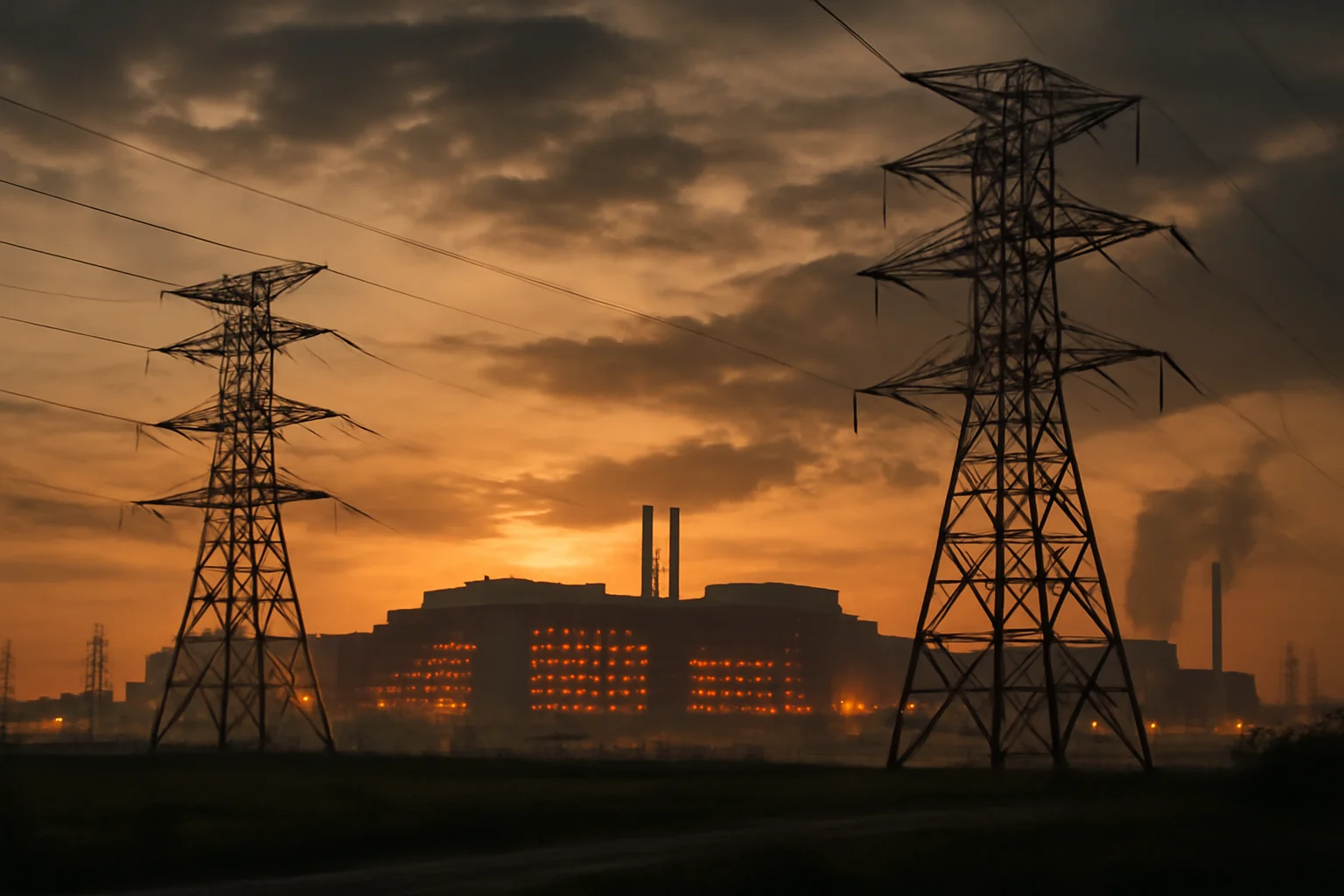
Meta’s all-in gamble on superintelligence is only one front in a much larger, ever-shifting technology rivalry that spans continents. From China’s record-shattering data centers packed with Nvidia chips, to xAI’s controversial Memphis expansion, every move is scrutinized as part of a broader strategic game. International alliances, regulatory crackdowns, and environmental lawsuits swirl around the construction of each new supercluster. Each company’s decision reverberates worldwide, shaping policy debates, labor markets, and even the physical environment of entire cities. Meta’s tent experiment has triggered a fresh round of copycats and critics, forcing rivals to choose between pragmatism and orthodoxy. As Google invests billions in hydropower and Amazon experiments with AI-designed materials, the search for the edge takes on a global urgency. Meanwhile, the quest for AGI looms in the background, a promise that has become as much about prestige and power as technical achievement. The interplay between private ambition and public consequence grows more complex with every new gigawatt of deployed capacity. No company operates in a vacuum; every risk taken in Louisiana, Memphis, or Shenzhen may define the next decade of AI leadership. The race is more than a technical marathon—it is a high-stakes drama, with global implications hanging in the balance. Meta, for now, is sprinting into the future, but the rest of the world is running right behind, unwilling to cede the crown.
Advertisement
10. Uncharted Territory

What began as a scramble to build faster has become a defining story for our era—a tale of audacity, invention, and the relentless drive for technological supremacy. Meta’s tent-filled campuses are a living monument to a moment when improvisation trumped tradition and the impossible was just another deadline to beat. The company’s success or failure will set the tone for how the world thinks about building, deploying, and controlling artificial intelligence at scale. The risks remain profound, from environmental costs to social disruption, yet the possibilities are too powerful to ignore. Across every industry, the lessons of this episode will ripple outward: the need to adapt, the value of speed, and the cost of hesitation. The race for superintelligence is no longer an abstract ambition; it is being fought on construction sites, in boardrooms, and under the billowing canvas of tent cities. Behind the headlines, real people—engineers, scientists, regulators, and citizens—are being swept up in a tide that shows no signs of slowing. The line between innovation and improvisation has blurred, with every day spent under canvas a wager on a future yet unwritten. Meta’s legacy will be measured not just by code or hardware, but by the will to challenge convention at the moment of greatest uncertainty. The world is watching, and the story is still being written—in steel, silicon, sweat, and yes, sometimes, a tent. From concrete to canvas, the future is here, rushing forward before the paint has even dried.
Advertisement
Advertisement
You May Also Like






